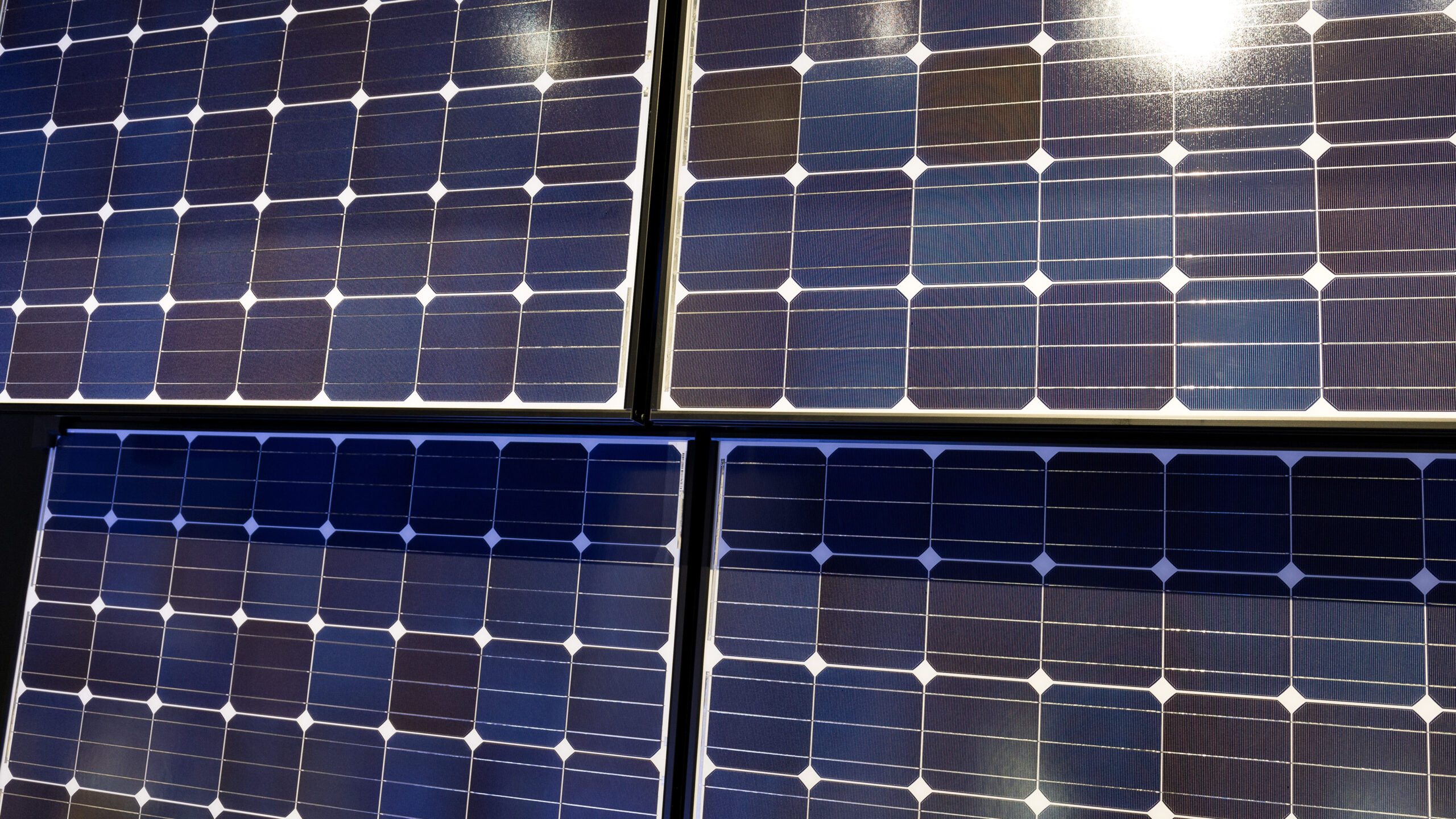
Blended finance needed to fund smaller projects in developing economies, says IEEFA

Developing countries are deprived of much-needed environmental financing owing to perceived financial risks
“Blended finance” structures, which consolidate smaller-scale projects and pool public, private and concessional capital, may hold the key to financing projects in developing nations, says the Institute for Energy Economics and Financial Analysis think-tank.
In a paper that focuses on India, but proposes solutions for other emerging economies, the IEEFA sets out how blended finance, which involves multiple stakeholders including banks, microfinance institutions and non-banking finance companies, can help to plug the funding gap for projects that struggle to obtain conventional financing.
Beyond simply mixing public and private capital, a blended finance approach aggregates smaller projects, such as mini-grid solar initiatives, to achieve the commercially viable scale needed to finance them. High costs and volatile cash flows are listed as some of the reasons why India’s mini-grid industry has struggled to get off the ground, the report says.
“Combining or aggregating several projects under a single structure may facilitate better access to capital from mainstream financiers,” the report suggests, although it admits that “aggregation is challenging, owing to issues in identifying a reasonably homogeneous asset pool at a single period of time or in a similar geography”.
You can find the full report here.
Similar Articles

Beware the ‘financialisation of the forest sector’

Finance professionals have ‘increasing’ interest in sustainable finance education


